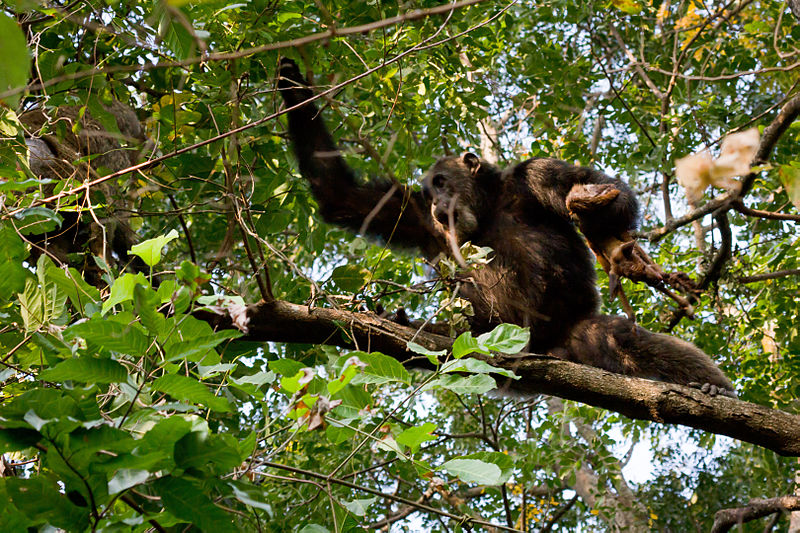It is pretty well known that humans evolved from
ape-like ancestors. But let’s ask evolution study’s most important question:
why? What traits caused humans to
diverge into a completely new species from our primate ancestors?
The answer, according to University of Utah
biologist Dennis Bramble and Harvard University anthropologist Daniel
Lieberman, is the ability to run. Bramble and Lieberman concluded that modern
humans (Homos) evolved from ape-like ancestors called Australopithecus because
they needed to run long distances. Two million years ago, natural selection
favored the Australopithecus that could run – perhaps because they could outrun
predators, or more efficiently hunt animals or scavenge carcasses. Over time,
the body shape of the Australopithecus changed as new body features that
favored long-distance running were selected, giving rise to the genus Homo.
 | ||
| Humans evolved from apes because of the advantageous ability to run long distances. |
This theory
contradicts the popular theory that running arose as a by-product of bipedalism
in our already human ancestors. However, bipedalism was a trait that evolved at
least four and a half million years ago in our ape-like ancestors the
Australopithecus. This species walked on two legs, but it also retained the
ape-like ability to travel through trees. It was not until three millions years
after the evolution of bipedalism that our ancestral species began to run.
Learning to run came at the cost of no longer being able to travel through
trees, and marked a significant transition of our ancestors from ape-like to
human-like.
Walking does not explain the radical transformation
of the ape-like body that occurred and resulted in humans, since our first
walking ancestors were still markedly ape-like. As Australopithecus began to
run long distances, their features transformed, eventually giving rise to Homo
species. For example, changes to the head such as a flatter face, smaller
teeth, and a shorter snout shifted the center of mass back so that balancing
the head became easier while bobbing up and down during running. The detaching
of the shoulders from the head and neck allowed rotation of the body while the
head looked forward during running.
If running had not arisen, these features would not
have changed and we might still be very ape-like today (more so than we already
are)! Therefore, the evolution of running marked a key event on the
evolutionary timeline of modern man.
-Author: Nupur Jain
References:
Lieberman, Daniel E., and Dennis
M. Bramble. 2007. The evolution of marathon running: Capabilities in humans.
Sports Medicine 37(4-5): 288-290.
Photo from: http://coasthillsrunningclub.com/







